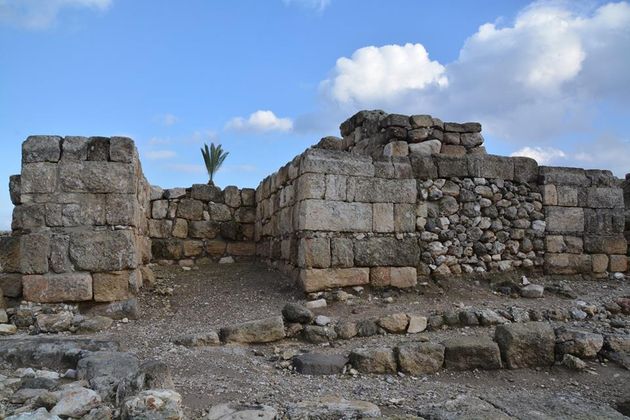Solomon’s horses
For a long time, archaeologists doubted the historicity of Solomon and the horses which, according to the Bible, he possessed, as at that time supposedly only camels were used.
02 APRIL 2017 · 11:20 CET

The prophet Zachariah records the lament for the dead and wounded on the battlefield of Megiddo (Zachariah 12:11), and John, in the book of Revelation, refers to Armageddon (Har Megiddo or the Mountain of Megiddo) as the place where three evil spirits bring together the kings of the earth for the “battle of that great day of the Almighty” (Revelation 16:13-16; 19:11-21).
In the Bible, Megiddo is not mentioned as one of Israel’s cities until the reign of Solomon, who fortified it and made it the capital city of the region (1 Kings 4:12; 9:15).

Later, in around 925 BC, it was conquered by the Egyptian Pharaoh Sheshonq I, in the fifth year of the reign of Jeroboam, king of Israel. And Ahaziah, king of Judah, having been wounded by Jehu, came to die in Megiddo (2 Kings 9:27).
For a long time, archaeologists doubted the historicity of Solomon and the horses which, according to the Bible, he possessed, as at that time supposedly only camels were used.

However, years later, in Megiddo (on the mountain situated on the southern end of the Mount Carmel range) a city was discovered in which Solomon had lived (965-928 BC, the 10th century before Christ), along with the remains of the stables for his horses, identified as such by the organic remains on the ground.

Now a detailed model and a metal sculpture recall the existence of these animals at that time. Once again, the Bible turns out to have been right.
Published in: Evangelical Focus - Zoe - Solomon’s horses
